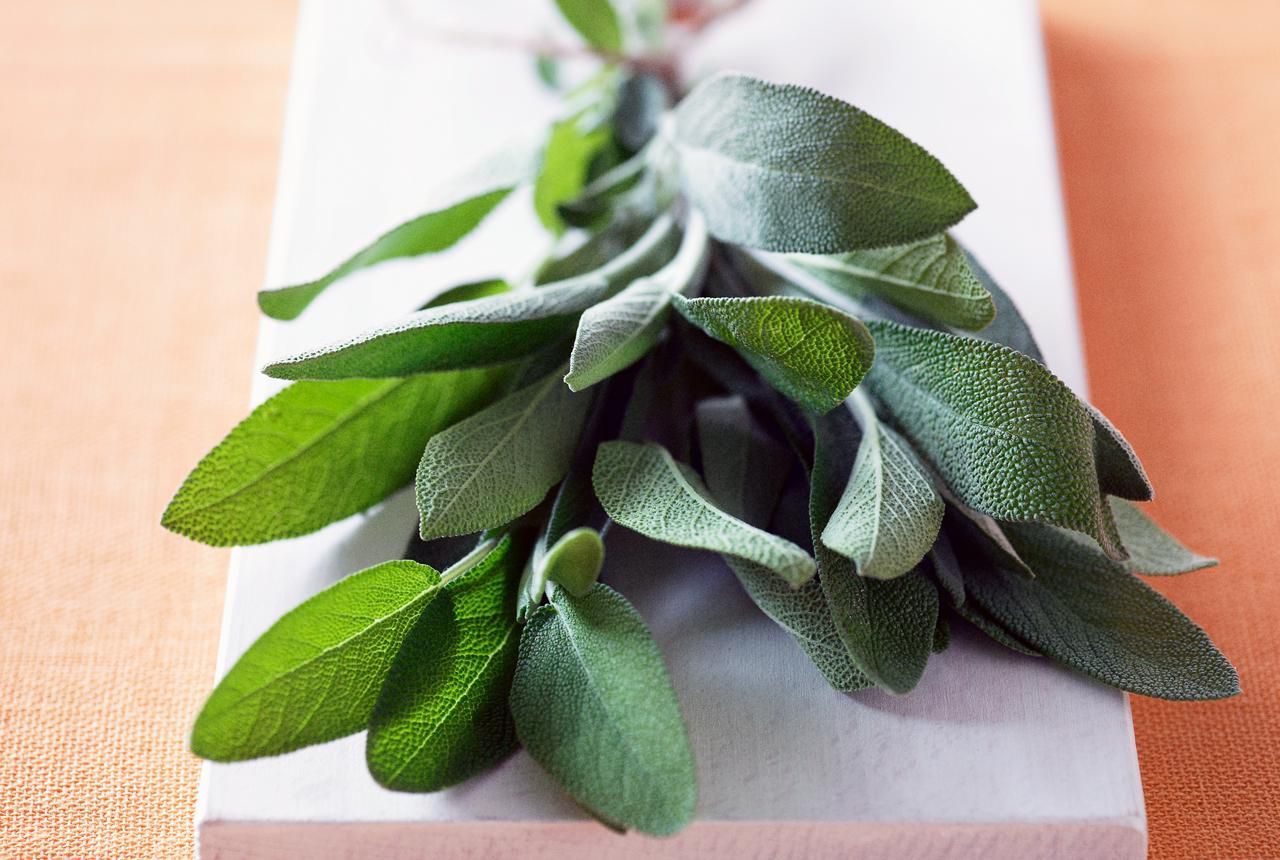

Articles
How To Store Fresh Sage Leaves
Modified: October 21, 2024
Learn the best methods to store fresh sage leaves and preserve their flavor with this comprehensive guide. Discover tips and tricks from our expert articles.
(Many of the links in this article redirect to a specific reviewed product. Your purchase of these products through affiliate links helps to generate commission for Storables.com, at no extra cost. Learn more)
Introduction
Welcome to the world of fresh sage leaves! This versatile herb is not only delicious but also contains a wide range of health benefits. Whether you grow your own sage plant or buy it from the local market, it’s important to know how to store fresh sage leaves properly to maintain their flavor and aroma.
In this article, we will guide you through the process of storing fresh sage leaves, ensuring that you can enjoy their earthy flavor and aromatic scent for months to come.
Throughout history, sage has been used for its medicinal properties and culinary uses. The herb is known for its anti-inflammatory properties, antioxidant effects, and ability to boost memory and mood. It is also a popular ingredient in various cuisines, adding depth and complexity to dishes.
Choosing the right sage leaves is the first step in ensuring that you store them properly. Look for leaves that are vibrant green in color, free from blemishes, and have a strong aroma. Freshly picked sage from your garden is always the best option, as it ensures maximum freshness and flavor.
Once you have selected your fresh sage leaves, it’s time to clean them. Washing them gently under cool running water will remove any dirt or debris. Be careful not to bruise or damage the leaves during this process, as it can affect their flavor.
Now that your sage leaves are clean, you have a few options for storing them. The most common methods include drying, freezing, or storing them in oil. Each method has its own benefits and considerations, so let’s explore them in more detail.
Key Takeaways:
- Preserve the vibrant flavor and aroma of fresh sage leaves by drying, freezing, or storing them in oil. Each method offers a unique way to enjoy the earthy goodness of this versatile herb year-round.
- Whether you’re a culinary connoisseur or a health-conscious individual, mastering the art of storing fresh sage leaves ensures that you can savor their delightful flavors and reap their medicinal benefits whenever you desire.
Read more: How To Store Fresh Sage From The Garden
Choosing Fresh Sage Leaves
When it comes to choosing fresh sage leaves, there are a few key factors to consider. The quality of the leaves will ultimately determine the flavor and aroma of the herb in your dishes. Here are some tips to help you select the best sage leaves:
- Color: Look for sage leaves that are vibrant green in color. Avoid leaves that are yellowing or have brown spots, as they may indicate aging or spoilage.
- Firmness: Fresh sage leaves should feel firm to the touch. They should not be wilted, limp, or have any signs of wilting. The firmness of the leaves is a good indication of their freshness.
- Aroma: Take a moment to smell the sage leaves. They should have a strong, herbal aroma. The fragrance should be pleasant and not musty or stale. The aroma is a key indicator of the quality and freshness of the herb.
- No Blemishes: Inspect the sage leaves for any blemishes or discoloration. Avoid leaves that have spots, mold, or signs of damage. Blemished leaves may not only affect the taste of your dishes but also indicate potential spoilage.
- Size: While the size of the sage leaves may not have a significant impact on the taste, larger leaves are generally preferred for culinary purposes. They are easier to work with and can be used whole or chopped or torn into smaller pieces as needed.
Whether you are harvesting sage leaves from your garden or purchasing them from a store, keep these guidelines in mind to ensure that you are getting the best quality sage for your culinary creations.
Cleaning Fresh Sage Leaves
Before you store fresh sage leaves, it’s important to give them a thorough cleaning. Cleaning the leaves not only removes any dirt or debris but also helps to prolong their freshness. Here are some steps to follow when cleaning fresh sage leaves:
- Gently rinse the sage leaves under cool running water. This will help remove any dirt or dust that may have accumulated on the leaves.
- Use your fingers to carefully inspect each leaf, ensuring there are no insects or mold present. Remove any damaged or discolored leaves.
- Pat the leaves dry with a clean kitchen towel or paper towel. Be gentle to avoid bruising the delicate leaves.
- Alternatively, you can allow the leaves to air dry on a clean towel or paper towel. Simply spread them out in a single layer and let them dry naturally.
It’s important to note that washing the sage leaves should be done just before storing or using them. Excessive moisture can lead to spoilage, so it’s best to clean the leaves right before you plan to use or store them.
Remember, it’s crucial to handle the sage leaves with care during the cleaning process to avoid bruising or damaging them. Sage leaves are delicate and can easily lose their aroma and flavor if mishandled.
By following these simple steps, you can ensure that your fresh sage leaves are clean, free from any impurities, and ready to be stored or used in your favorite recipes.
Drying Fresh Sage Leaves
Drying fresh sage leaves is a popular method of preserving their flavor and aroma for future use. Dried sage leaves can be stored for an extended period and used in a wide range of recipes. Here’s a step-by-step guide on how to dry fresh sage leaves:
- Harvest the sage leaves: Begin by harvesting the sage leaves from your plant or purchasing them from the store. Choose leaves that are healthy, free from any blemishes, and at the peak of their freshness.
- Clean the leaves: Before drying the sage leaves, it’s important to clean them thoroughly. Refer to the previous section on how to clean fresh sage leaves for detailed instructions.
- Air drying method: One of the simplest ways to dry sage leaves is by air drying. Gather the cleaned sage leaves into small bundles, tying them together with a string or rubber band. Hang the bundles upside down in a well-ventilated area away from direct sunlight. Ensure that the leaves are not touching each other to promote airflow. Leave them to dry for 1-2 weeks or until the leaves are brittle to the touch.
- Dehydrator method: If you want to speed up the drying process, you can use a food dehydrator. Spread the cleaned sage leaves in a single layer on the dehydrator trays, ensuring they are not overlapping. Set the dehydrator to a low temperature, around 95°F (35°C), and let the leaves dry for 3-4 hours or until they are completely dried out and crumbly.
- Oven method: If you don’t have a dehydrator, you can also dry sage leaves in the oven. Preheat your oven to the lowest temperature setting, usually around 150°F (65°C). Place the cleaned sage leaves on a baking sheet lined with parchment paper, ensuring they are in a single layer. Leave the oven door slightly ajar to allow moisture to escape. Let the leaves dry for 1-2 hours or until they are crisp and crumbly.
- Storage: Once the sage leaves are completely dried, remove them from the drying racks or trays. Crush or crumble the leaves into smaller pieces and transfer them to an airtight container, such as a glass jar or plastic zipper bag. Store the dried sage leaves in a cool, dry place away from sunlight to maintain their flavor and potency.
Dried sage leaves are excellent for seasoning roasted meats, stews, soups, and sauces. They can also be used to make herbal teas or infused oils. By following these drying methods, you can enjoy the flavor and aroma of sage all year round.
Freezing Fresh Sage Leaves
Freezing fresh sage leaves is a convenient way to preserve their flavor and aroma while maintaining their vibrant color. Freezing allows you to have access to fresh sage all year round without the worry of it spoiling. Here’s how to freeze fresh sage leaves:
- Harvest the sage leaves: Start by harvesting the sage leaves from your garden or selecting fresh leaves from the store. Choose leaves that are healthy, free from blemishes, and at their peak freshness.
- Clean the leaves: Thoroughly clean the sage leaves to remove any dirt or debris. Refer to the earlier section on how to clean fresh sage leaves for detailed instructions.
- Blanching: Blanching the sage leaves before freezing helps retain their flavor, color, and texture. Bring a pot of water to a boil and add the sage leaves. Cook them for about 30 seconds to 1 minute, then quickly transfer them to a bowl of ice water to cool and stop the cooking process. Drain the leaves and pat them dry.
- Arrange the leaves: Lay the blanched and dried sage leaves on a baking sheet lined with parchment paper, making sure they are not touching or overlapping. This will prevent them from sticking together when frozen.
- Flash freezing: Place the baking sheet with the sage leaves in the freezer and let them freeze for about 1-2 hours or until they are firm to the touch. This process, known as flash freezing, prevents the leaves from clumping together and allows you to easily retrieve individual leaves as needed.
- Transfer to a freezer bag: Once the sage leaves are frozen, transfer them to a freezer-safe bag or airtight container. Be sure to label the bag with the date to keep track of its freshness.
- Store in the freezer: Place the freezer bag or container with the sage leaves in the freezer. They can be stored for up to 6 months.
Frozen sage leaves can be used directly in cooked dishes without thawing. Simply remove the desired amount of leaves and add them to your recipes. Frozen sage leaves are especially great for adding to soups, stews, and sauces.
By freezing fresh sage leaves, you can enjoy the flavors and aromas of this wonderful herb throughout the year, even if it’s not in season.
To store fresh sage leaves, wrap them in a damp paper towel and place them in a resealable plastic bag. Store in the refrigerator for up to 1 week.
Read more: How To Store Fresh Bay Leaves
Storing Fresh Sage Leaves in Oil
Another method to store fresh sage leaves is by preserving them in oil. Storing sage leaves in oil not only helps maintain their freshness but also infuses the oil with the herb’s aromatic flavors. Here’s how you can store fresh sage leaves in oil:
- Harvest and clean the sage leaves: Start by harvesting the sage leaves from your garden or selecting fresh leaves from the store. Ensure that they are clean and free from any dirt or debris by following the steps mentioned earlier on how to clean fresh sage leaves.
- Drying the leaves: Before preserving the sage leaves in oil, it’s important to dry them to remove any excess moisture. Use a clean kitchen towel or paper towel to gently pat the leaves dry.
- Choose your oil: Select a high-quality oil for storing the sage leaves. Olive oil is a popular choice due to its mild flavor and wide availability. However, you can use other oils such as sunflower oil or grapeseed oil based on your preference.
- Prepare the oil infusion: In a clean and sterilized glass jar, layer the dried sage leaves. Avoid overcrowding the jar to ensure that the leaves are fully immersed in the oil. Slowly pour the chosen oil into the jar, covering the sage leaves completely. Leave a small headspace at the top of the jar to allow for expansion.
- Infuse the oil: Seal the jar tightly and store it in a cool, dark place. Allow the sage leaves to infuse into the oil for at least two weeks. The longer you let the leaves infuse, the stronger the flavor will be. Shake the jar gently every few days to distribute the flavors.
- Using the infused oil: Once the sage leaves have infused into the oil, you can start using it in your cooking. Strain the oil through a fine-mesh sieve or cheesecloth to remove the sage leaves, ensuring that only the infused oil remains. Store the infused oil in a clean jar or bottle, tightly sealed, in a cool place away from direct sunlight.
The sage-infused oil can be used in various culinary dishes, such as drizzling over roasted vegetables, adding flavor to dressings and marinades, or as a dip for bread. Just remember to use the infused oil within a reasonable timeframe to maintain its freshness and flavor.
Storing fresh sage leaves in oil not only prolongs their shelf life but also provides a flavorful and aromatic ingredient for your culinary creations.
Storing Fresh Sage Leaves in the Refrigerator
If you want to store fresh sage leaves for a short period, storing them in the refrigerator is an ideal option. The cool temperature helps maintain their freshness and flavor. Here’s a step-by-step guide on how to store fresh sage leaves in the refrigerator:
- Harvest and clean the sage leaves: Start by harvesting the sage leaves from your garden or selecting fresh leaves from the store. Make sure the leaves are clean and free from any dirt or debris by following the steps mentioned earlier on how to clean fresh sage leaves.
- Drying the leaves: Before storing the sage leaves in the refrigerator, it’s crucial to dry them to remove excess moisture. Gently pat the leaves dry using a clean kitchen towel or paper towel. Avoid squeezing or crushing the leaves as it can affect their texture and flavor.
- Prepping for storage: Once the sage leaves are dry, place them loosely in a resealable plastic bag or an airtight container. Avoid overcrowding the leaves, as this can cause them to wilt more quickly.
- Sealing and storing: Seal the bag or container tightly to prevent any air from entering. Store the sage leaves in the refrigerator’s crisper drawer to maintain a stable temperature and slow down the wilting process.
- Monitoring and using: Check the sage leaves regularly and discard any wilted or discolored leaves. Fresh sage leaves can typically last in the refrigerator for up to one week. Whenever you need to use the leaves, simply remove them from the bag or container and rinse before using in your recipes.
Storing fresh sage leaves in the refrigerator ensures that they stay fresh and retain their flavor for a short period. This method is perfect for situations when you have harvested more sage than you can immediately use or when you want to prolong the shelf life of store-bought sage.
Remember, fresh sage leaves are at their best when used soon after harvesting. While refrigeration can help extend their freshness, it’s still best to use them as quickly as possible for optimal flavor and aroma.
Storing Fresh Sage Leaves in the Freezer
If you have an abundance of fresh sage leaves and want to store them for an extended period, freezing is an excellent option. Freezing fresh sage leaves helps preserve their flavor and aroma, allowing you to enjoy the herb even when it’s not in season. Here’s how you can store fresh sage leaves in the freezer:
- Harvest and clean the sage leaves: Begin by harvesting the sage leaves from your garden or selecting fresh leaves from the store. Ensure that the leaves are clean and free from any dirt or debris by following the steps mentioned earlier on how to clean fresh sage leaves.
- Drying the leaves: Before freezing the sage leaves, it’s important to dry them to remove any excess moisture. Gently pat the leaves dry using a clean kitchen towel or paper towel. Avoid squeezing or crushing the leaves to maintain their texture.
- Freeze individually: Lay the dried sage leaves in a single layer on a baking sheet lined with parchment paper. Make sure that the leaves do not overlap or touch each other. Freezing the leaves individually will prevent them from clumping together and make it easier to use only the desired amount later.
- Flash freeze: Place the baking sheet with the sage leaves in the freezer and let them freeze for about 1-2 hours, or until the leaves are firm to the touch. This process, known as flash freezing, ensures that the leaves freeze quickly and retain their freshness.
- Transfer to a freezer-safe container: Once the sage leaves are frozen, transfer them to a freezer-safe bag or airtight container. Be sure to label the container with the date for easy reference.
- Remove air and seal: When storing the sage leaves, remove as much air as possible from the bag or container before sealing. This helps prevent freezer burn and maintains the quality of the leaves.
- Store in the freezer: Place the container with the sage leaves in the freezer. Properly stored, the sage leaves can remain frozen for up to six months.
Frozen sage leaves can be used directly in cooked dishes without thawing them, making it convenient to incorporate their flavor into soups, stews, sauces, and more. Be mindful of adjusting the amount of sage used in recipes, as frozen leaves may have a slightly concentrated flavor compared to fresh ones.
By freezing fresh sage leaves, you can enjoy the herb’s unique flavor and aroma throughout the year, even when it’s not readily available.
Conclusion
Storing fresh sage leaves properly is essential to preserve their flavors, aromas, and medicinal properties. Whether you prefer to dry, freeze, store in oil, or refrigerate sage leaves, each method offers an effective way to ensure that you have access to this versatile herb whenever you need it.
When choosing fresh sage leaves, opt for vibrant green leaves that are free from blemishes and have a strong aroma. Cleaning the leaves before storage is crucial to remove any dirt or debris and maintain their freshness.
Drying fresh sage leaves allows you to enjoy the herb’s earthy flavor throughout the year. Whether you air dry them, use a dehydrator, or the oven method, be sure to store the dried leaves in airtight containers to maintain their potency.
Freezing fresh sage leaves preserves their flavor and aroma for an extended period. Blanching the leaves before freezing helps retain their color and texture, making them convenient to use in various dishes straight from the freezer.
Storing fresh sage leaves in oil infuses the oil with the herb’s aromatic flavors, creating a flavorful ingredient for your culinary creations. Remember to use high-quality oil and allow the leaves to infuse for a couple of weeks before utilizing the infused oil.
For shorter-term storage, refrigerating fresh sage leaves helps maintain their freshness for up to a week. Make sure to dry the leaves thoroughly, store them in resealable plastic bags or airtight containers, and check for any wilting or discoloration periodically.
With these different storage methods, you can preserve the wonderful flavors and aromas of sage leaves, allowing you to add a burst of herbal goodness to your recipes whenever you desire.
So, whether you are a culinary enthusiast or a herbal remedies seeker, knowing how to store fresh sage leaves properly ensures that you can fully enjoy the benefits of this incredible herb all year round.
Frequently Asked Questions about How To Store Fresh Sage Leaves
Was this page helpful?
At Storables.com, we guarantee accurate and reliable information. Our content, validated by Expert Board Contributors, is crafted following stringent Editorial Policies. We're committed to providing you with well-researched, expert-backed insights for all your informational needs.
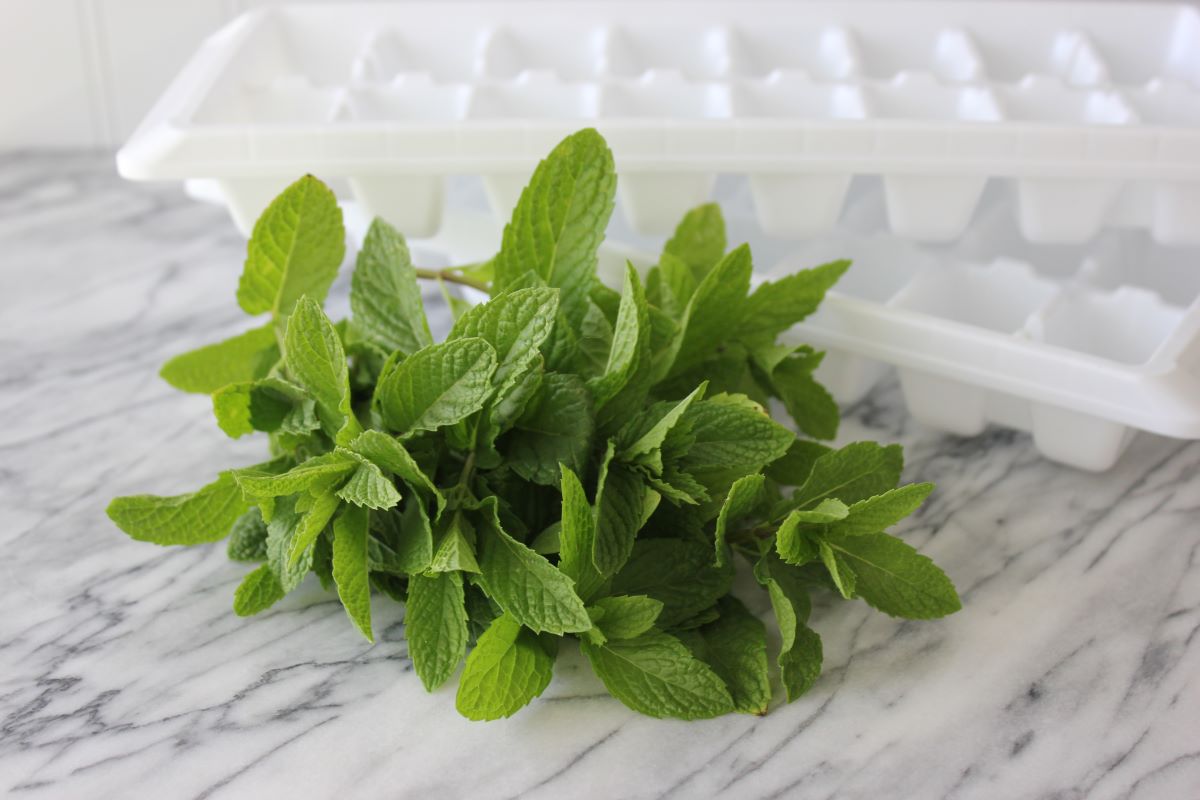
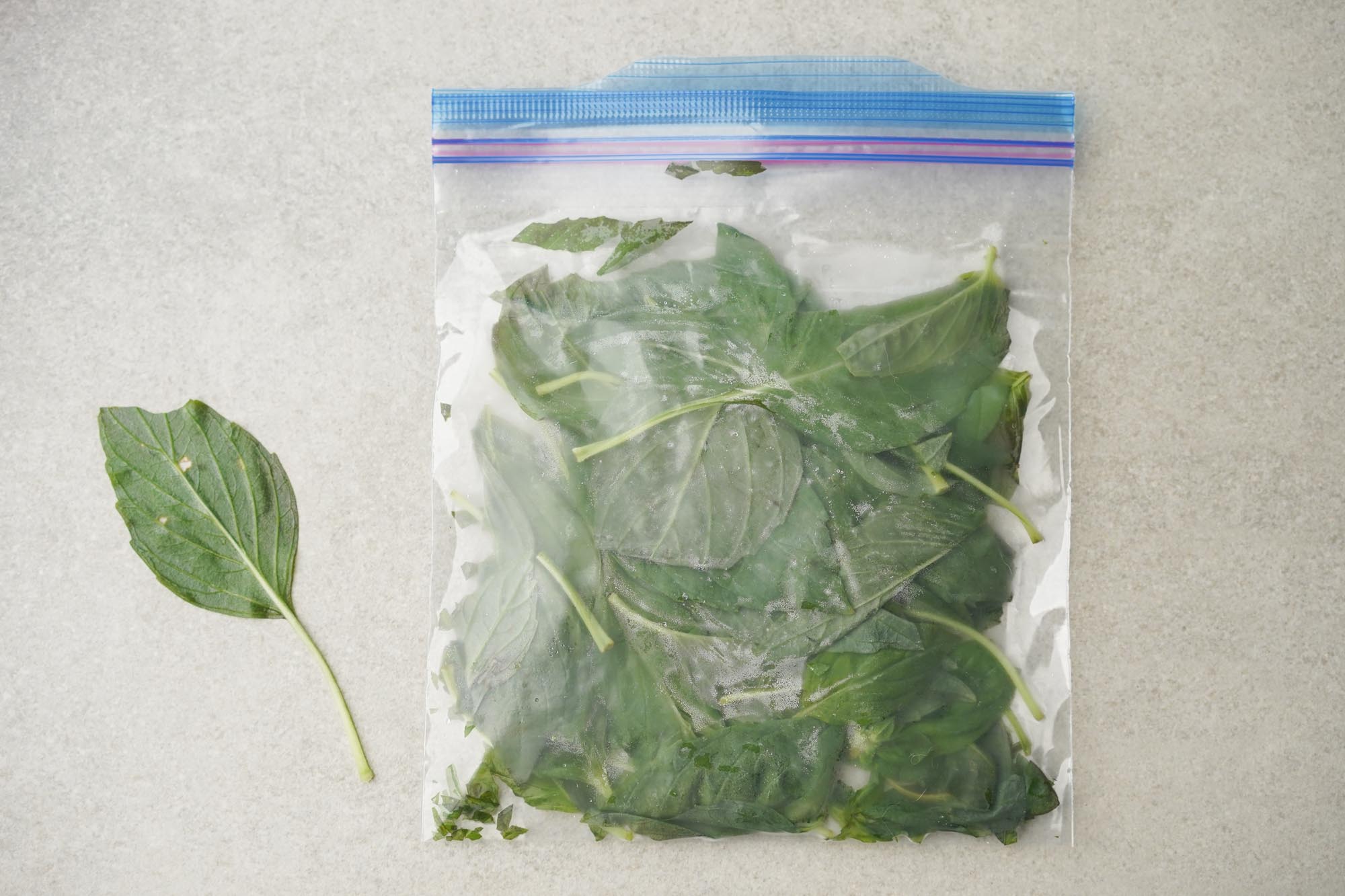
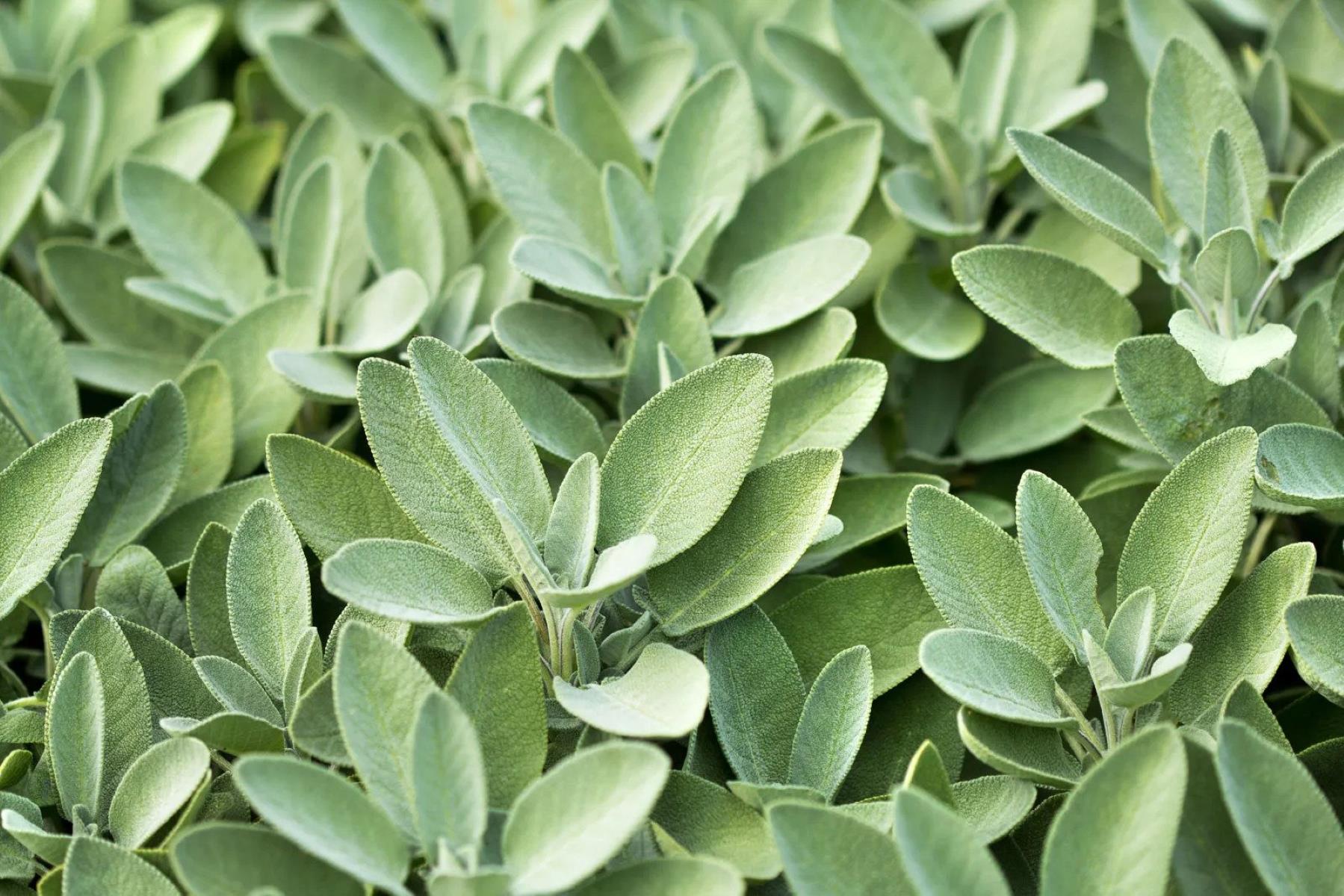

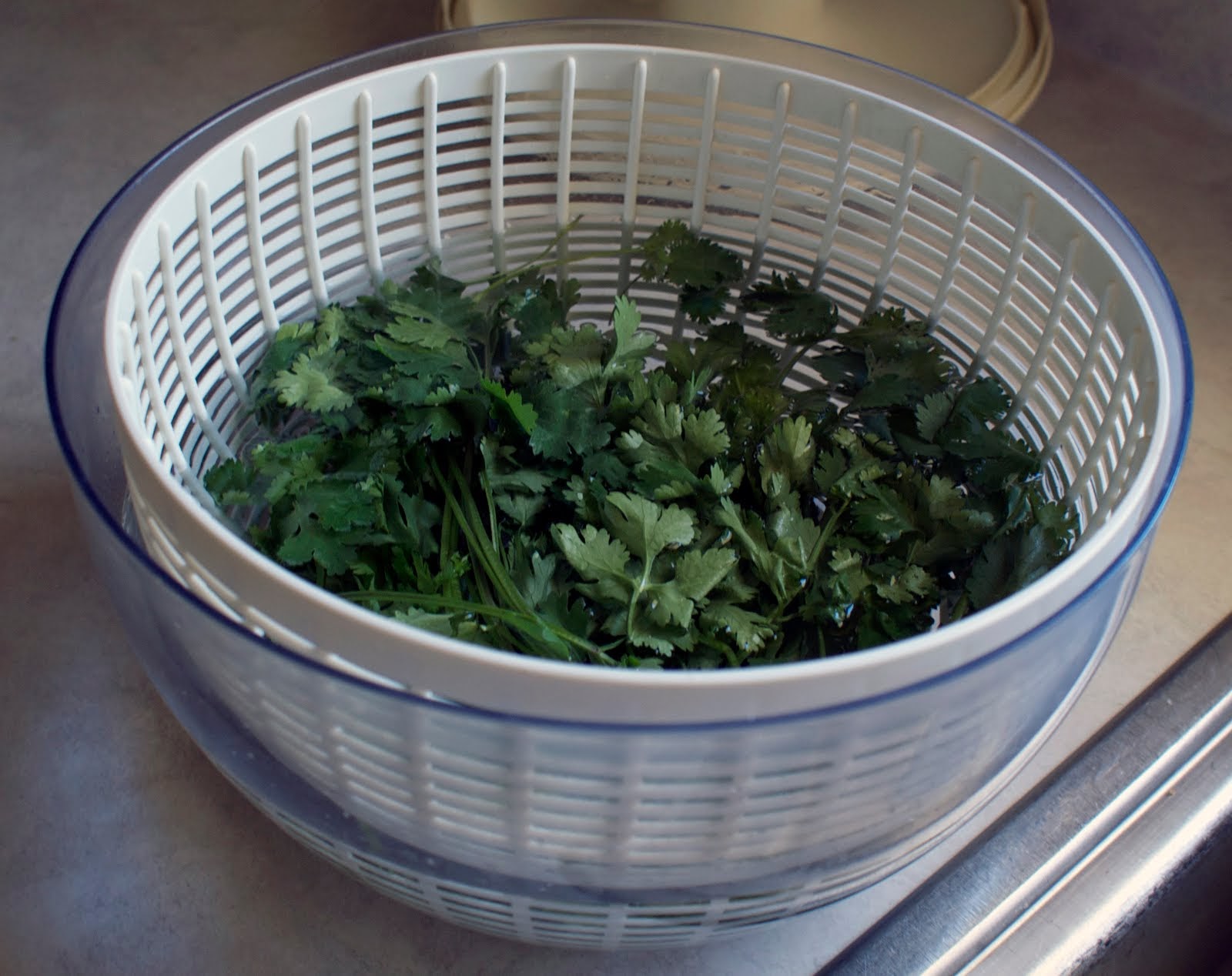
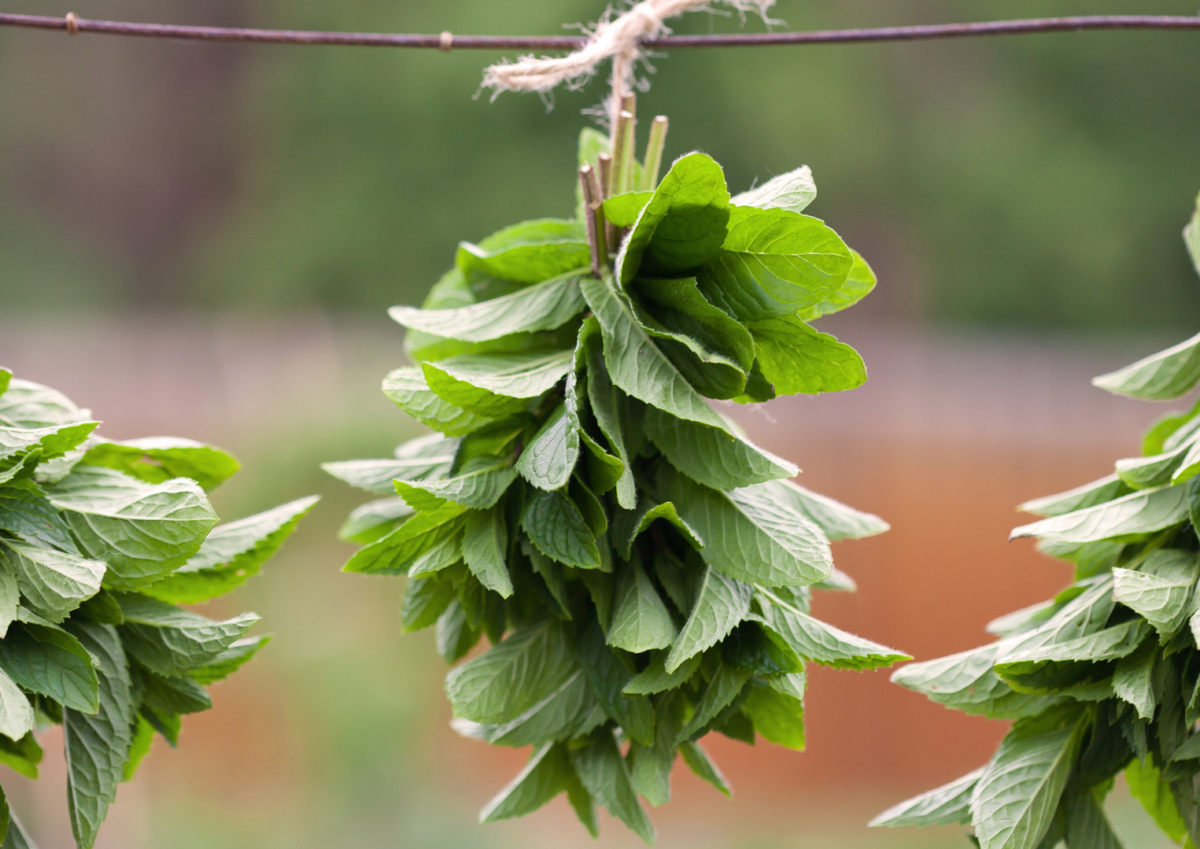
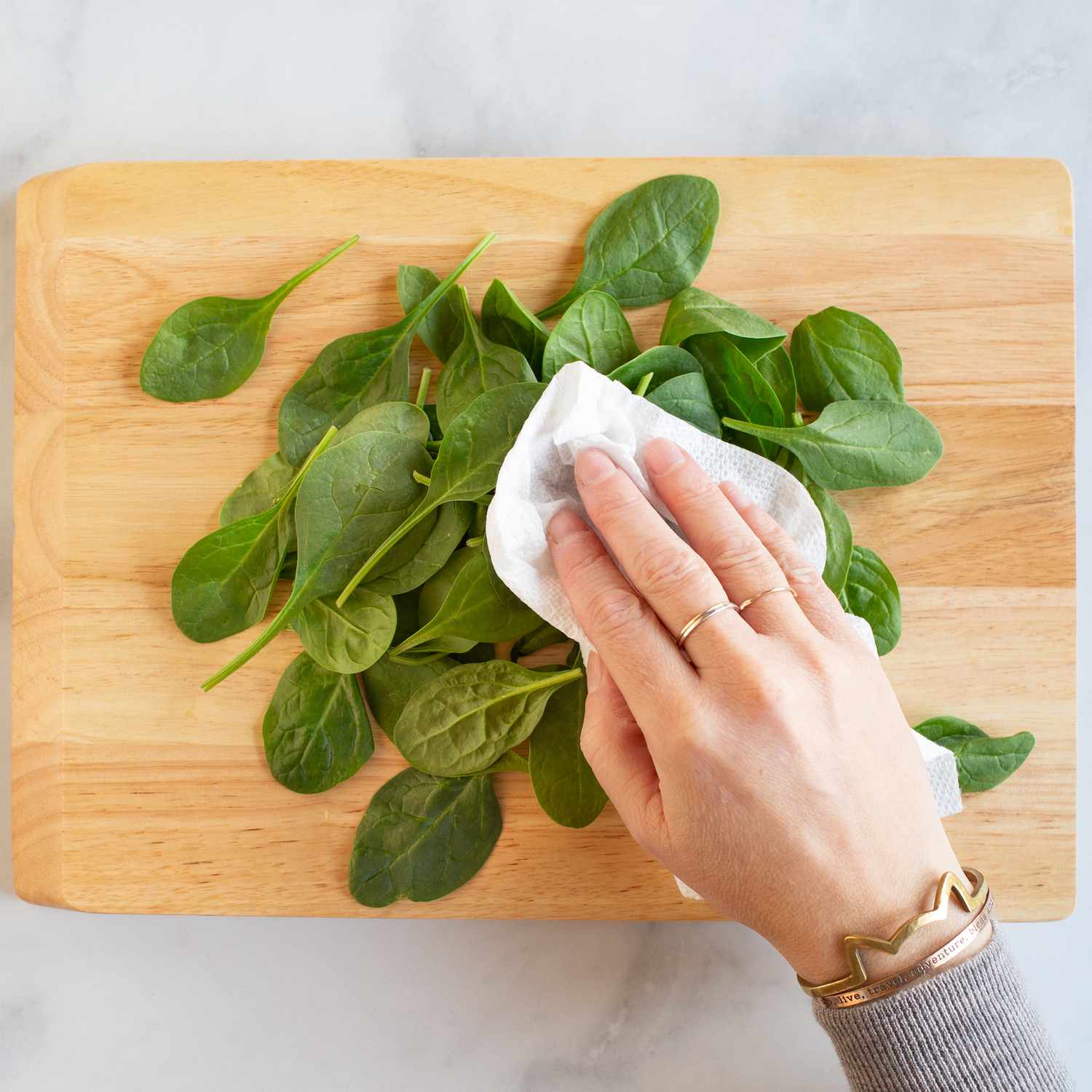
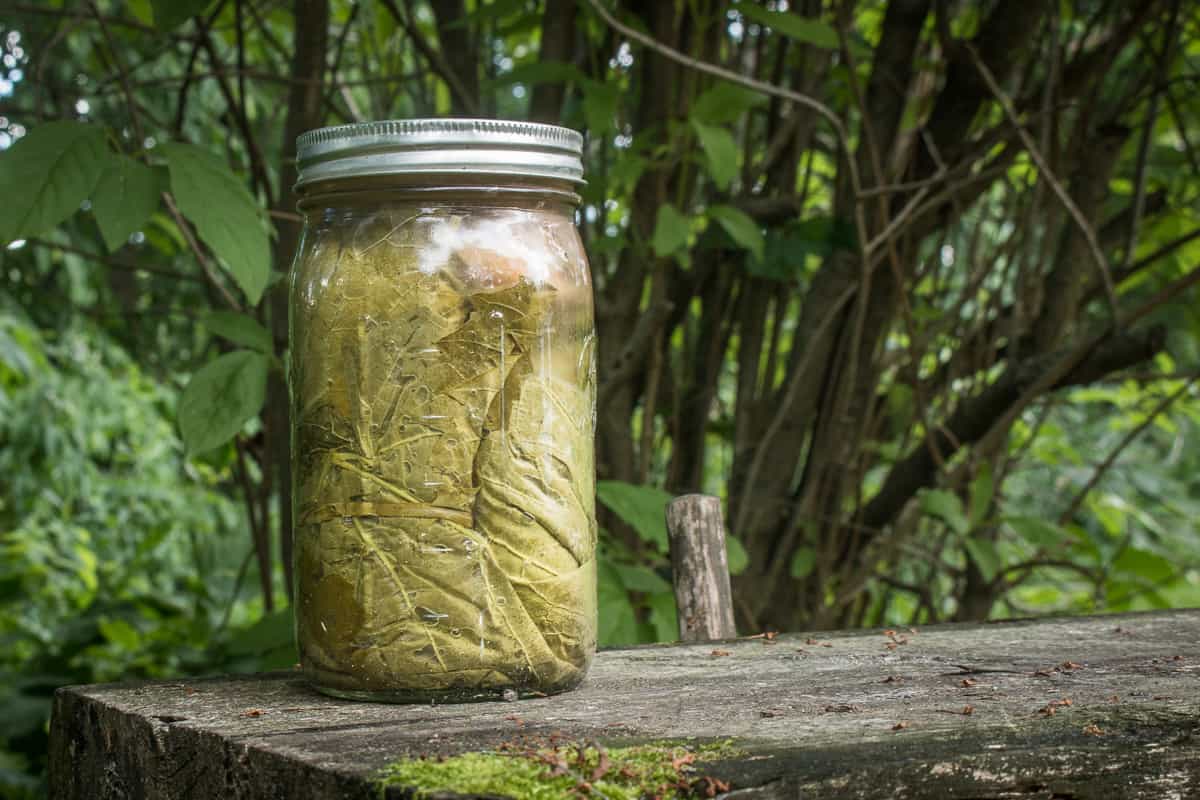
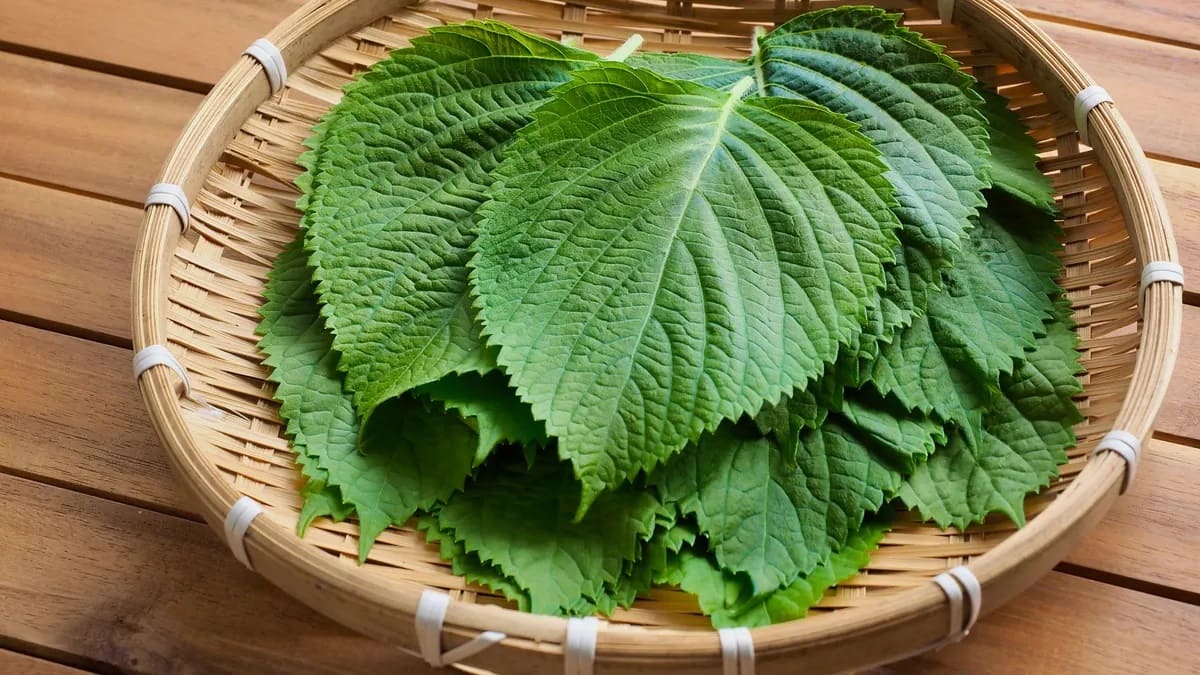
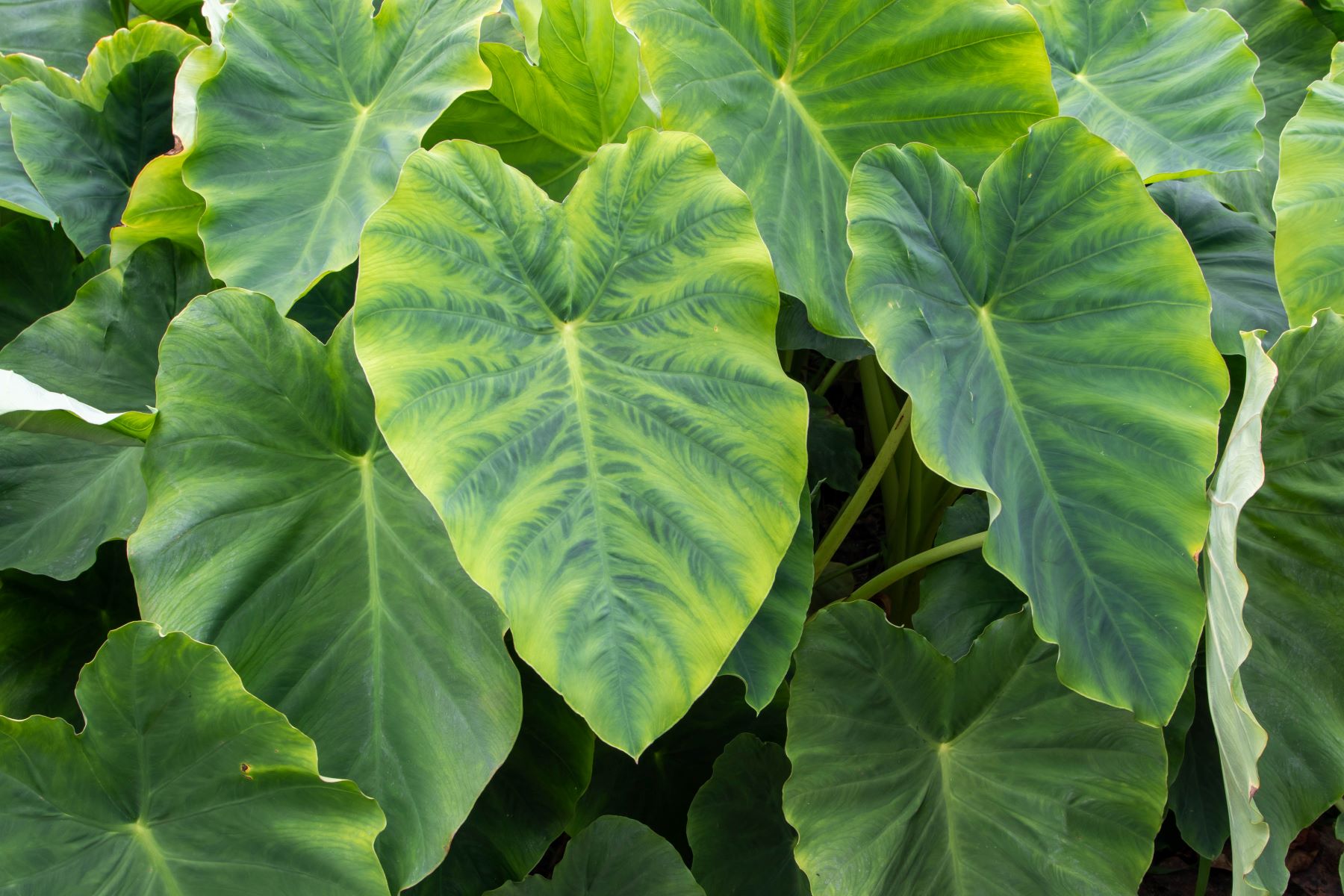
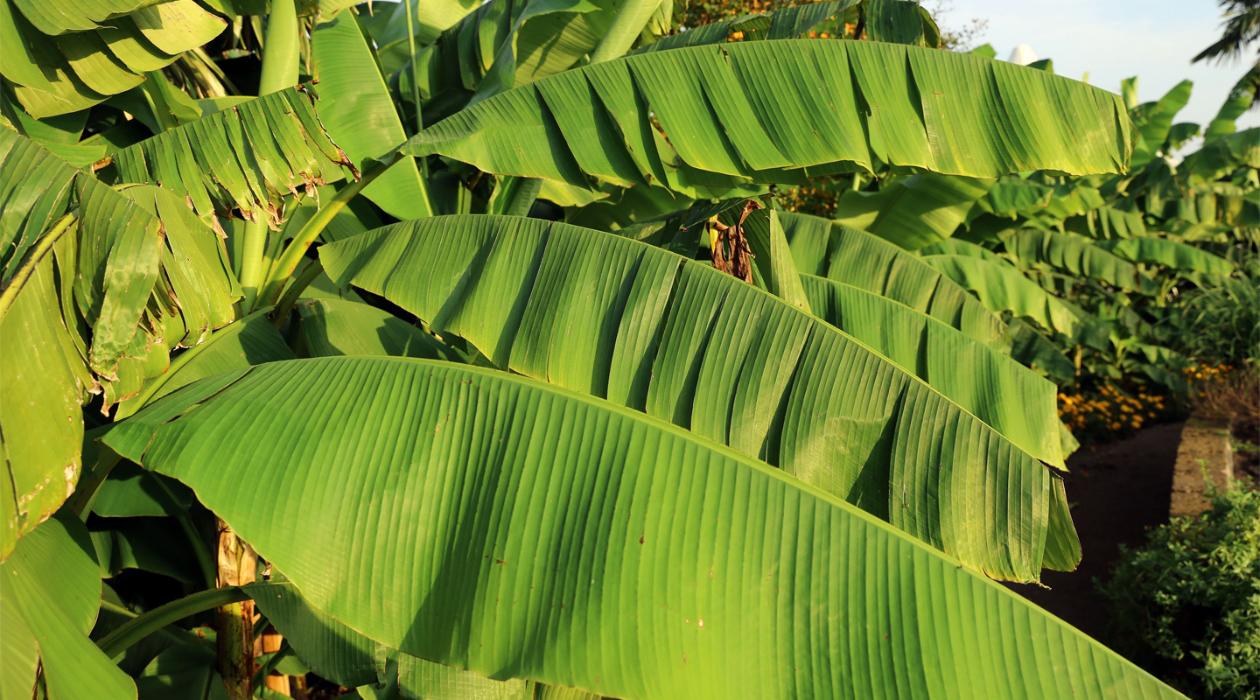
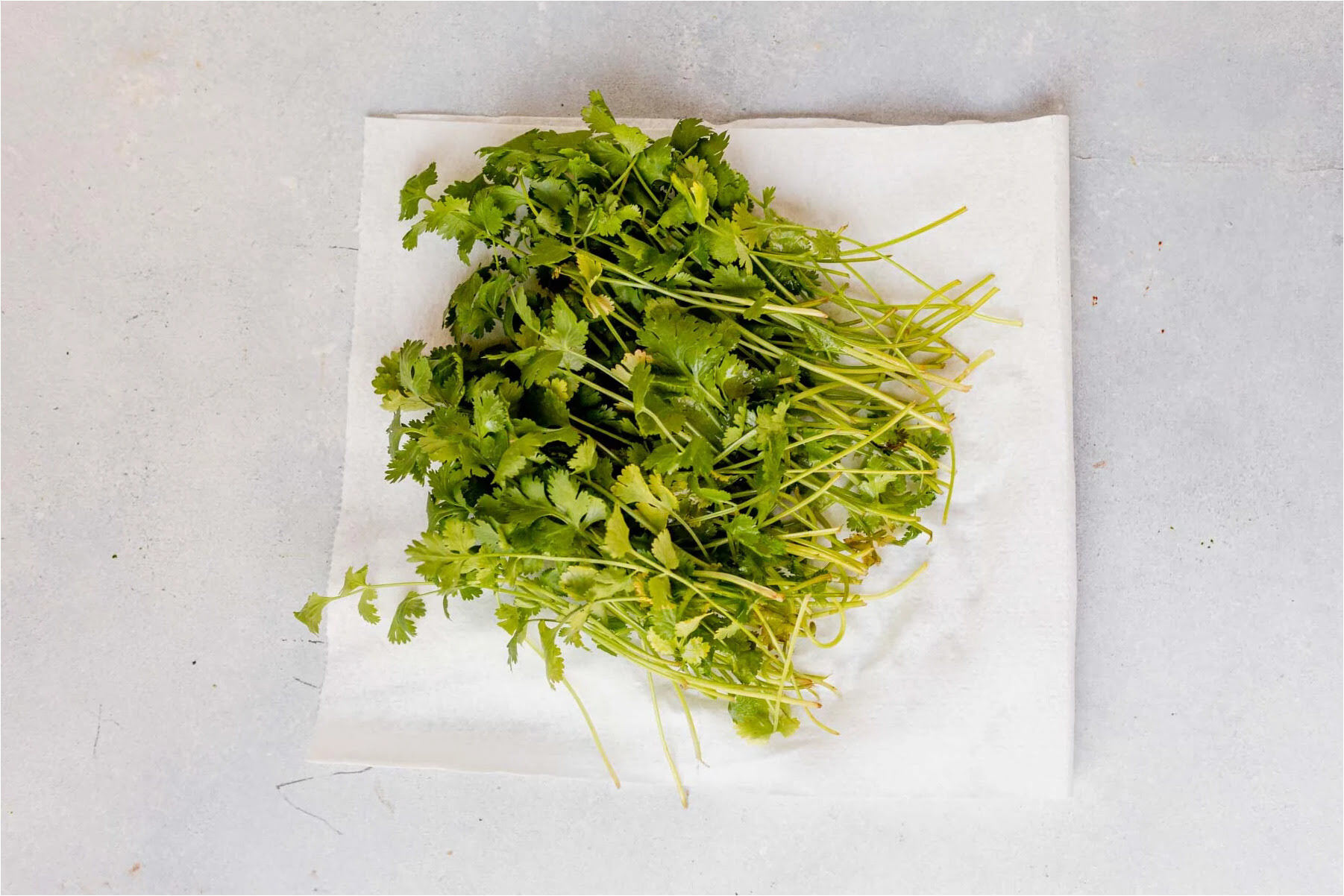

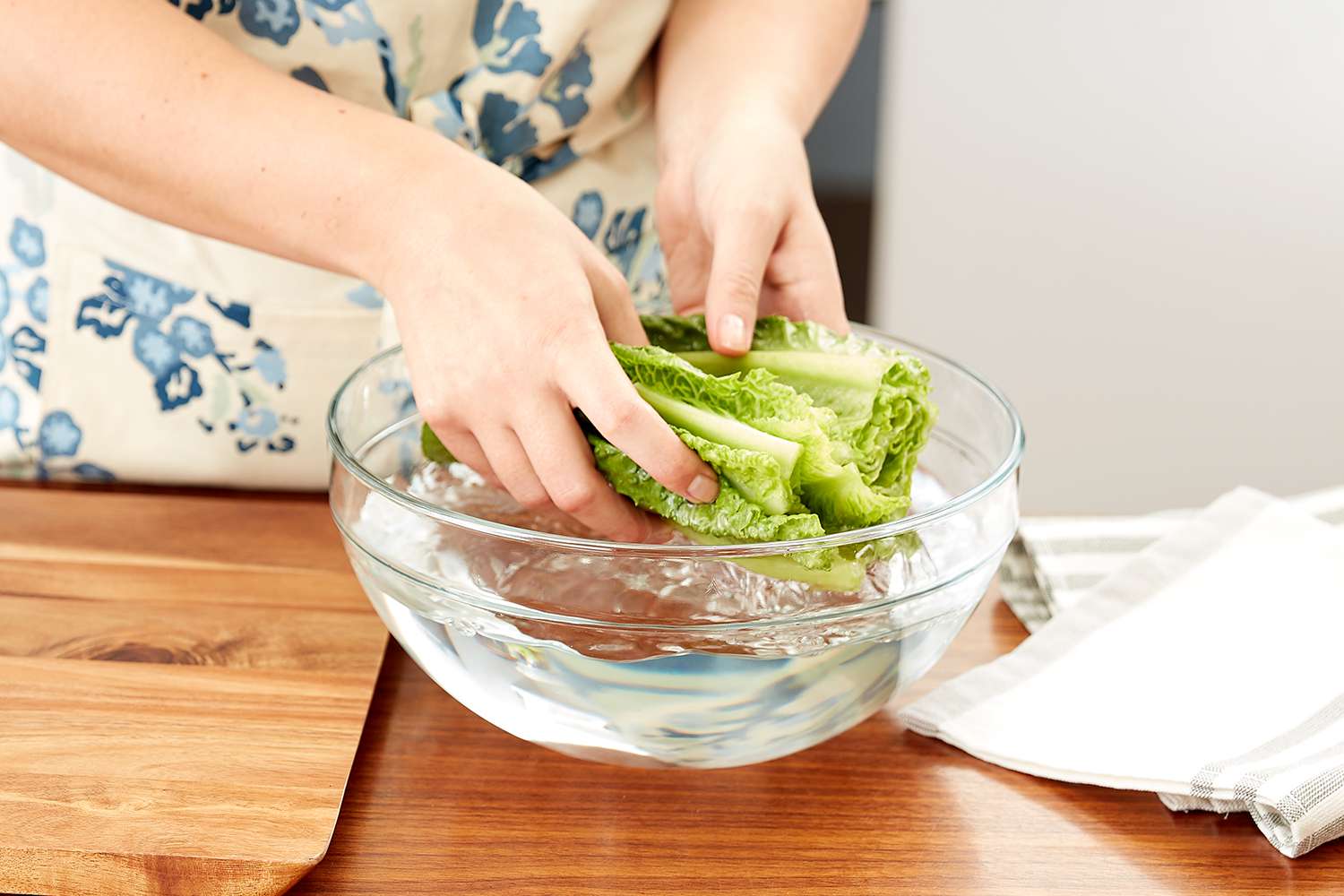

0 thoughts on “How To Store Fresh Sage Leaves”